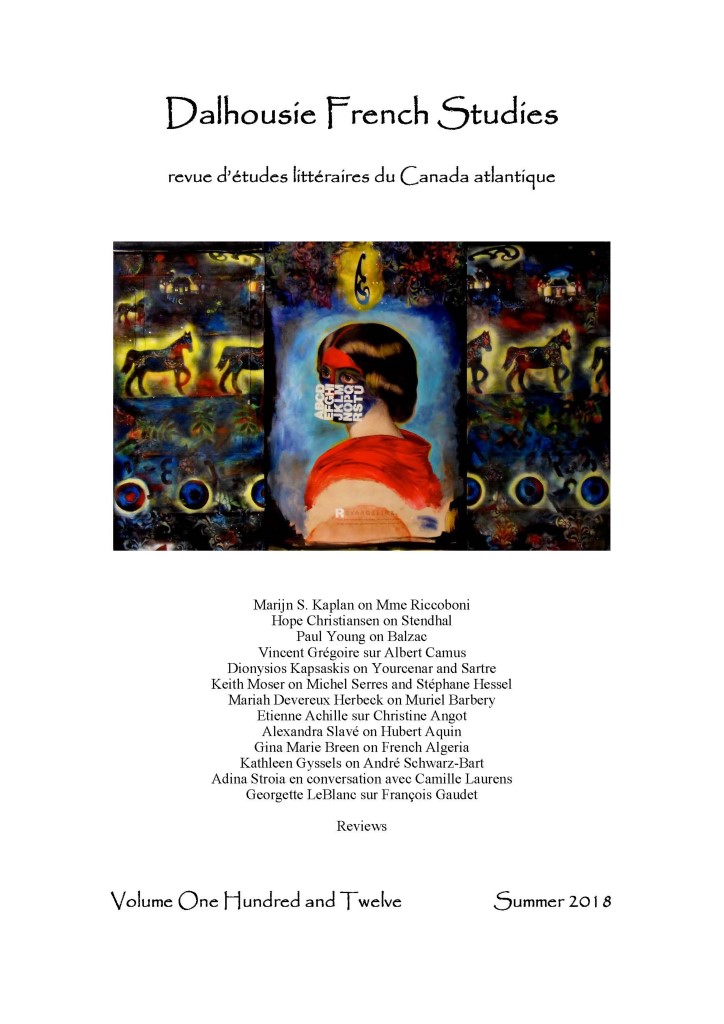« Sauver les corps » : Camus ou la volonté d‘humaniser les victimes des « pestes »
Abstract
One of the central questions in Albert Camus's reflections at the beginning of World War II is how to cope with the abstraction that promotes indifference and oblivion to the victims of tragedies of all kinds (wars, epidemics, totalitarian ideologies) that cause suffering and death. We will, in this work, study the "concrete talk" technique used by Camus to make the French people realize that the victims of two of these tragedies (the "brown plague" synonymous with Nazi barbarism that struck the village of Ascq in 1944 [a massacre evoked in "Neither Victims nor Executioners"], and the real plague of 542 which decimated Constantinople [mentioned in The Plague]) were living beings and that it was possible to save them from oblivion with a little imagination.


